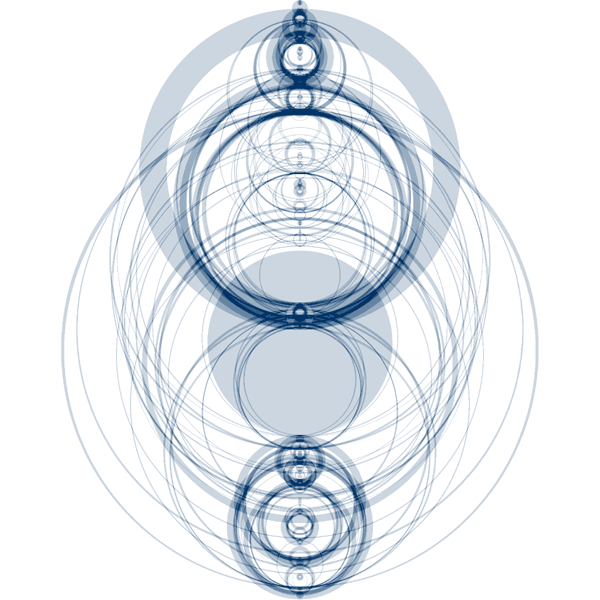Schiffer, M. 1991. The Portable Radio in American Life. Tucson: University of Arizona Press. (Selections TBA)
- Chris Witmore
- Thomas Leppard
- Caroline Kleeman
- Ariel Schecter
- Allan Stewart
- Sara Powell
- Dean
- Jesse Errico
- Jeffrey Pfau
- Lindsay Babbitt
- Ana Escobedo
- Harrison Stark
- Gareth Seymour
Sterne, J. 2002. The Audible Past. The Cultural Origins of Sound Reproduction. Duke University Press. (Selections TBA)
- Chris Witmore
- Thomas Leppard
- Emma Whitford
- Sarah Baker
- Carly Sieff
- Steve Papp
- Mark Geldbaugh
- Rebecca Kaufman
- Gordon Sayre
- Alexandra Ulmer
- Will Barnet
- Alexander Sayer Gard-Murray
Posted at Nov 10/2008 02:22PM:
caroline:
I think sometimes we forget just how much we rely on sight for hearing and at least to some extent, vice versa. They might seem to be separate processes, but we have grown so accustomed to having both at our disposal that they are often intertwined.
Of course, sometimes multi-modal perception can fool us. Something Carly said today reminded me of the McGurk effect, one of my favorite cognitive "illusions". The link is after my instructions.
1) Watch the movie in the link below. Write down what consonant-vowel sound you hear.
2) Play the movie again, this time with your eyes closed...
3) Feel free to e-mail me ([email protected]) if you have any questions about this phenomenon or why it works. That way you won't ruin it for other people.
Here's the link: http://www.youtube.com/watch?v=aFPtc8BVdJk
Posted at Nov 12/2008 05:26PM:
Sara Powell: Since we're on the tangent (and I thought it was too off-topic to discuss further on Monday), I do think it was overemphasized in Monday's class how important the visual is to language. (I don't remember the exact conversation, only that it was about language and hearing and vision and parts of it annoyed me.) We do use sight to help speech perception (something which I'm sure Caroline knows far more about than I do!), but I think that hearing language (the radio) is intrinsically more human than seeing it (a book) -- all humans have language; not all have writing systems. That said, even the deaf (capable of sign language) have language, so it's not reliant on sound, either.
Also, Eskimo languages don't really have that many words for snow: http://en.wikipedia.org/wiki/Eskimo_words_for_snow And to counterbalance the Wikipedia: 'Contrary to popular belief, the Eskimos do not have more words for snow than do speakers of English. They do not have four hundred... or two hundred, or one hundred, or forty-eight, or even nine. One dictionary puts the figure at two. Counting generously, experts can come up with about a dozen, but by such standards English would not be far behind' (Steven Pinker, The Language Instinct, p. 53).
Posted at Nov 13/2008 09:31PM:
mark: Here is an interesting work relative to our discussions of vision and sound, Martin Wattenberg:The Shape of Song. "What does music look like? The Shape of Sound is an attempt to answer this seemingly paradoxical question." http://bewitched.com/song.html As an example, Four Seasons / Autumn / Vivaldi:

Posted at Nov 15/2008 01:15PM:
chris witmore: Fascinating discussion. The relationship between media and our senses has always been an interest of mine. On the issue of vision and language, I believe Michel Serres says in best in Les Cinq sens ("The Five Senses", an English version of which comes out in January) when he points out that we have words for color: 'orange," "red," "violet," etc. We never really say "the color of the lake," "the color of blood" etc. As Serres points out, this is not the case for smell. Instead, we say, as in Mark's project, "the smell of rubbish," "the smell of rotten grapes," etc. Here we refer to things. If we were to follow the common emphasis on language and the visual with respect to things, we would be without noses. Serres' point, however, is that things present themselves in ways other than language or the visual and therefore they are irreducible to such forms of translation. Hence a need for Zac to record the different sounds of door knockers, Mark to engage issues of sound and smell, and this connects with my work in peripatetic video.
